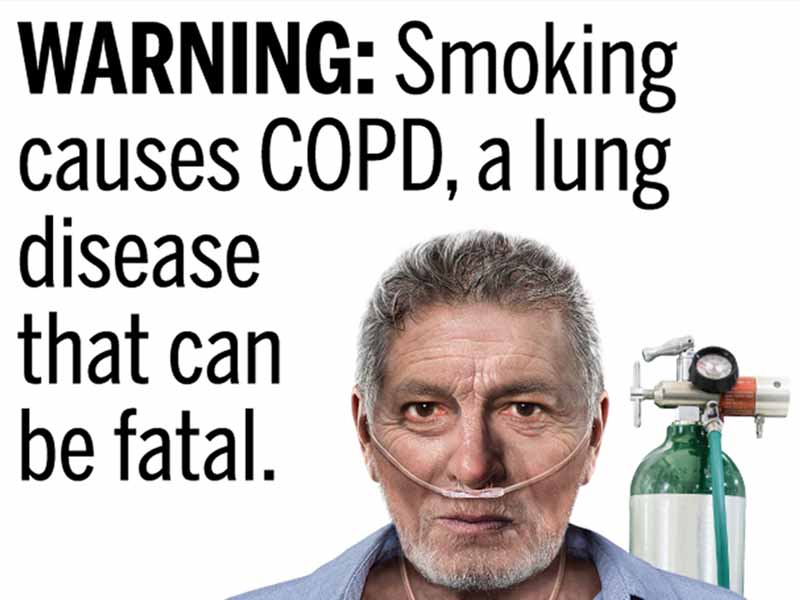New Tobacco Rule Stands to Benefit Patients With COVID-19
FDA Regulation Mandates Color Graphic Cigarette Warning Labels
April 02, 2020 03:33 pm News Staff – As COVID-19 continues to ravage the nation, it's critical to acknowledge that those most likely to suffer severe -- even life-threatening -- illness caused by the SARS-CoV-2 virus are patients with chronic underlying conditions such as cardiovascular disease, chronic lung disease and diabetes.

That unfortunate reality makes the FDA's recent announcement that it was issuing a final rule "to establish new cigarette health warnings for cigarette packages and advertisements" all the more timely. Many of the comorbidities known to be caused by smoking are the very same maladies that put patients who contract COVID-19 at greater risk for poor outcomes.
In publishing the final rule, "Tobacco Products; Required Warnings for Cigarette Packages and Advertisements," the FDA implemented a provision of the Family Smoking Prevention and Tobacco Control Act that requires the agency to issue regulations mandating that color graphics depicting the negative health consequences of smoking accompany new textual warning label statements.
The AAFP had gone to bat for the proposal, which, in its final form, specifies 11 new textual warning statements and accompanying graphics that will go on all cigarette packages and cartons, as well as in all cigarette advertising.
In an Oct. 1, 2019, letter to FDA Acting Commissioner Norman Sharpless, M.D., and HHS Deputy Secretary Eric Hargan, J.D., the Academy said the proposed label updates would "promote greater public understanding of the negative health consequences of cigarette smoking."
The new regulation goes into effect June 18, 2021.
In a March 17 FDA news release, Mitch Zeller, J.D., director of the agency's Center for Tobacco Products, noted that the new warnings represent the biggest change in cigarette labeling in more than 35 years and are specifically designed to highlight some of the lesser-known but still serious adverse health effects of smoking.
"Research shows that the current warnings on cigarettes, which have not changed since 1984, have become virtually invisible to both smokers and nonsmokers, in part because of their small size, location and lack of an image," said Zeller. "The new cigarette health warnings complement other critical FDA actions, including outreach campaigns targeted to both adults and youth, to educate the public about the dangers associated with using cigarettes, as well as other tobacco products."
As for specifics of the rule, the new warnings must appear prominently on cigarette packages and in cigarette advertisements, occupying the top 50 percent of the front and rear panels of cigarette packages and at least 20 percent of the area at the top of ads.
On cigarette cartons, the warnings must be located on the left side of the front and rear panels of the carton and must make up at least the left 50 percent of these panels.
Manufacturers must submit plans for cigarette packages and ads for FDA review and approval before these products can be marketed or distributed.